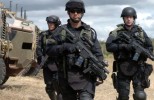Search
Using the filters to the left, click your selection, it will become bold and filter the results, click it again to remove that filter.
Every soldier has an individual responsibility to study the profession of arms. A soldier without either interest in, or knowledge of, the history and theory of warfare - the intellectual content of the military profession - is a soldier in appearance only. ( LWD 1, The Fundamentals of Land Power, 2014 ) As a learning organisation, Army must have robust frameworks for ongoing development and continued education programs to ensure knowledgeable and competent staff. The 2016 Ryan Review is a good start and …
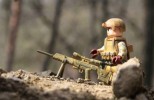
Whether you’re interested by new drone technology, quantum computing or the latest mobile phone tech, this month’s METS has something for you. BIRD DRONES? THE LATEST DEVELOPMENTS IN DRONE TECHNOLOGY A RMIT research team with support from the Defence Science and Technology Group have developed a drone that is based on bird flight patterns. By using the same air currents used by birds, the drone can stay in the air for longer and have an extended flight range. The ‘bird’ drone in contrast to the current …

The Professional Standards Councils suggest that ‘a profession positions itself as possessing special knowledge and skills… [and] is prepared to apply this… in the interest of others’. When considering many professions, the uniting principle that defines them is relatively easy to discern. For medical practitioners it is understanding the human body; for lawyers, a nation’s law codes – these provide a unifying start point for the development of more specialised expertise. However, what is the specialist …
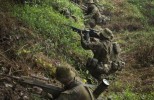
Close combat is Army’s strength and its foundational principle, but recent operations show how it can be turned into a weakness if we fail to acknowledge how adversaries use robot-enabled warfare. In helping Army and the Australian Defence Force grapple with the potential of robotics and automation, I have been struck by a recurring 'blind spot': a reluctance to see improvised explosive devices as robots. On the surface, there are apparent differences between (say) an artillery shell rigged up with a …
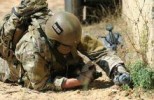
The Australian Army is not just facing an uncertain future operational environment, it is also in the midst of a fundamental rethink about its role in national security, its structure and how it operates on a day-to-day basis. With a Defence white paper due shortly, structural changes resulting from Plan Beersheba now taking effect, and the imminent application of First Principles Review recommendations, the newly published edition of the Australian Army Journal has a series of articles that have utility …
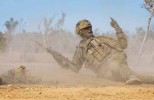
The Army Futures Team identifies emerging threats and opportunities in technology, encouraging and promoting professional discussion and debate about their potential implications for future land warfare. This month, we consider developments in emerging technologies (emtech) in our near region. Read on to learn more about some of the key regional agencies in emtech, how to identify the best place to build renewable energy infrastructure and antimalarial treatments. Stay tuned for our scan of home-grown …

The recently released Defence White Paper (DWP) captured a marked shift in the Australian Defence Force’s attitude toward International Engagement. This shift called for an increase in the number of Defence members with language qualifications, an increased tempo of engagement, and a re-alignment of those with whom Defence should engage. This direction carries significant weight - to meaningfully develop language skills, cultural awareness and regional familiarity requires at least a twelve-month …
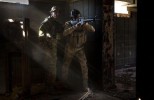
How long will it be until Russia invades the Baltic States? Or Poland? Or indeed even attempts to capture all of Western Europe? Regular reports in western corporate media and comments by a sizable number of politicians, senior military officers and influential commentators would suggest that the Russians are coming and soon. Some examples include comments by the former UK Prime Minister David Cameron stating that ‘Europe must remain united in the face of the threat from Russia’ and the US Deputy …
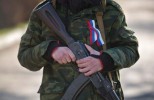
The continued success of the Australian Army Blog is good news – especially since our adversaries have been blogging for years. And while we in the West are guilty of dismissing enriched media as the domain of cyber geeks and Twilight fans, our opponents have quite literally been developing ‘killerapps’. It is perfectly understandable that Western militaries dismiss enriched media, after all, its use in calling people to action has rarely amounted to more than “ slactivism ”. Over 1.3 million …
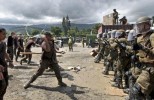
In an address to the National Press Club in October 2006, the Commissioner of the Australian Federal Police (AFP) at the time, Mick Keelty, mentioned that the increasing demand for police to participate in increasingly complex and robust international peace-keeping operations had led the AFP, notably its International Deployment Group (IDG), to grapple with the notion of it operating as a ‘pseudo-gendarmerie force’. As Australia’s defence community and concerned academics have sought to sift for lessons …
